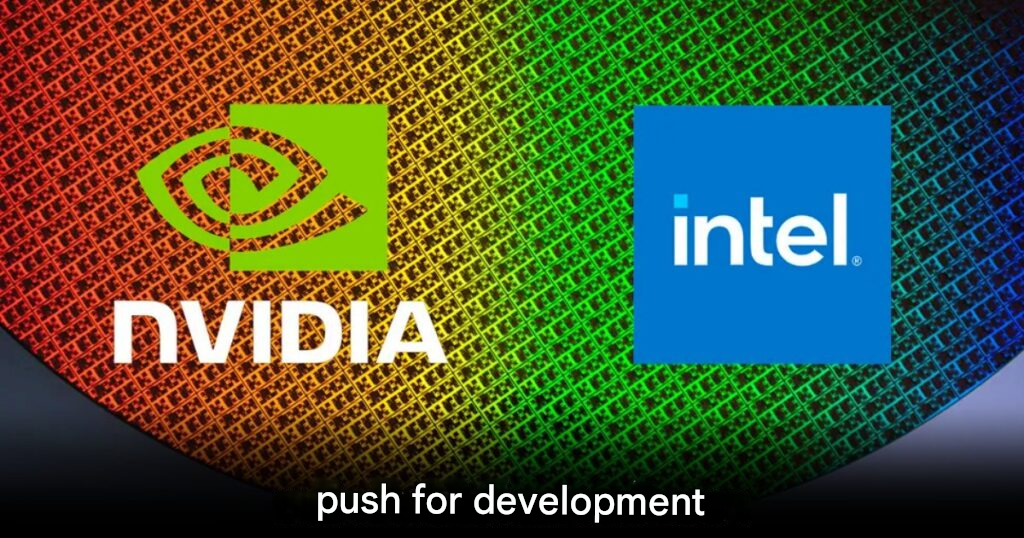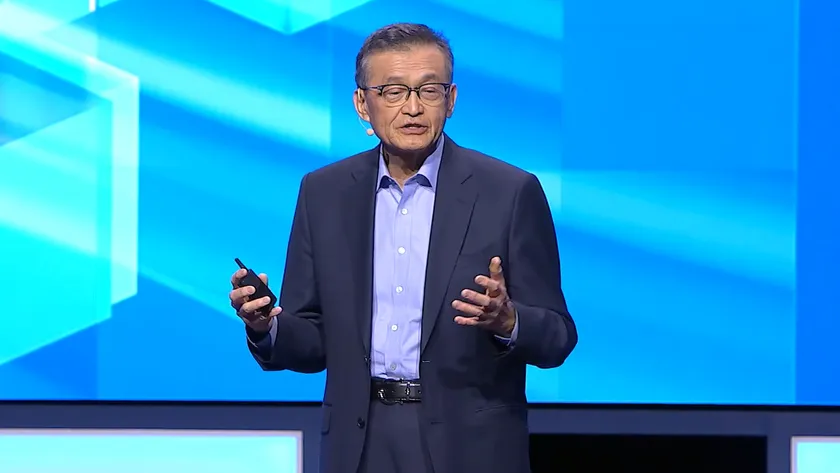
Intel and Nvidia have been quietly working together for over a year on processors designed for both client products and data centers, with a focus on Intel x86 RTX SoCs and Nvidia’s custom x86 processors tailored for high-performance computing. This collaboration began with an agreement between former Intel CEO Pat Gelsinger and Nvidia CEO Jensen Huang, who saw massive potential in processors using NVLink as the I/O interface. The project is independent from any involvement with the U.S. government, under either Joe Biden or Donald Trump’s administrations.

Currently, three dedicated teams are collaborating: the CPU architecture team, the server product team, and the PC product team. Jensen Huang shared that both companies’ engineering groups have been co-designing solutions for nearly a year, highlighting the complexity of CPU and product development for both servers and PCs. Intel has also fine-tuned its Xeon processors to better integrate with Nvidia’s AI platforms, showing the depth of this partnership.
On the data center side, Nvidia is optimizing Intel Xeon processors to meet the requirements of its next-generation AI platforms such as Rubin and Feynman. This includes reworking cache structures, memory I/O, and coherence protocols. The collaboration signals that custom Intel processors will power Nvidia platforms in the post-Vera Rubin era, potentially shaping data center systems and client CPUs alike.
For client devices, Intel and Nvidia are co-developing CPUs that integrate Nvidia’s GPU chiplets. The development cycle is expected to take three to four years, with the first products projected for late 2027 or early 2028. According to Huang, the notebook market alone, with 150 million units sold annually, represents a massive opportunity. The focus will be on consumer products, especially mainstream notebook PCs.
This partnership marks a milestone in the tech industry, arriving at a time when AI and high-performance computing are rapidly expanding. By combining their strengths, Intel and Nvidia aim not only to strengthen their market positions but also to reshape the future landscape of PCs and data centers.





